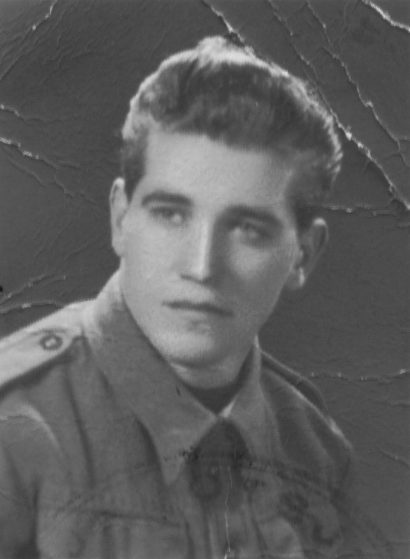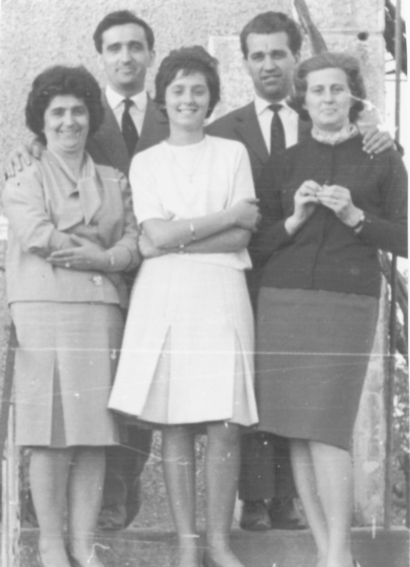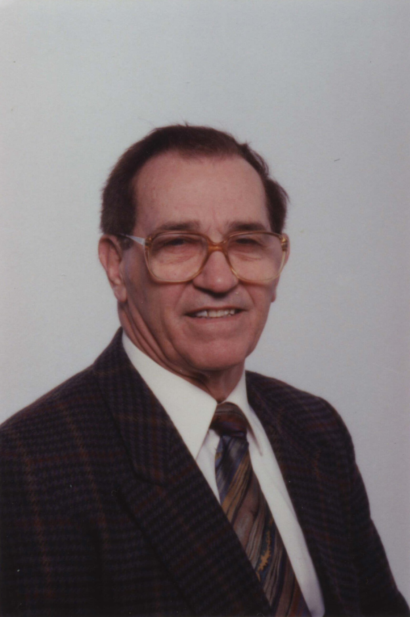Vinko Gržetić
born December 4, 1925
![]()
Vinko Gržetić, 1947 (private collection)
A Fear of Uniforms Remained
Vinko Gržetić and his four siblings had a happy childhood on a farm in Gostinjac, on the Croatian island of Krk. His family joined the resistance after the island was occupied first by the Italians and then by the German Reich. One of his brothers was arrested in 1943 for spreading anti-fascist material. In the same year, 18-year-old Vinko joined the partisans and fought the Ustaša, the fascist movement in Croatia. He was caught in an ambush by German soldiers and captured in March 1944. In July, he was deported to the Dachau concentration camp.
For Vinko Gržetic´, this marked the beginning of an odyssey through many different concentration camps. He was first deployed in forced labor at the Allach subcamp of Dachau, clearing bomb rubble. In August 1944, he was transferred by the SS to the Hersbruck subcamp of Flossenbürg. There he was put to work in the underground tunnels, where he suffered from cold, hunger, and the grueling physical labor. On one occasion, he attempted to obtain extra bread and was brutally beaten by two Kapos. He was later transferred to the Kochendorf subcamp of the Natzweiler concentration camp, where the SS put him to work in armaments production. In early 1945, he was returned to the Flossenbürg camp complex. On February 21, 1945, he was moved from the main camp to the Zwickau subcamp. The work in the automotive factory was protected from the elements, but hygienic conditions in the camp were catastrophic. Vinko Gržetic´ repeatedly witnessed Kapos beat prisoners to death. After the dissolution of the subcamp, he was forced on a death march to the south, in the direction of Karlsbad. Fearing that he would be shot due to exhaustion, he decided to flee. He wandered through the forest, finding refuge with farmers until the end of the war.
Vinko Gržetic´ returned home, having survived six different concentration camps. His brother was believed to have been killed shortly before the end of the war when a ship filled with concentration camp inmates sank in the North Sea. Vinko Gržetic´ trained as a technician, and married in 1959. For many years, he continued to suffer from post-traumatic anxiety, particularly at the sight of uniforms. Vinko Gržetic´ died in 2011.
![]()
Vinko Gržetić and his wife (right) at a family celebration. His brother is next to him at the left. His sister and niece are at the front left, Gostinjac 1970 (private collection)
![]()
Vinko Gržetić, 1993 (private collection)


